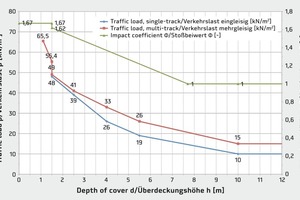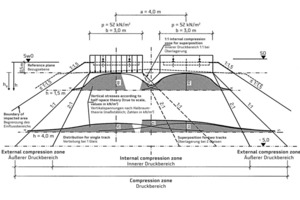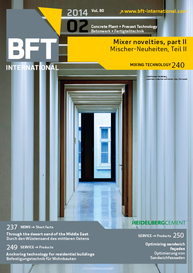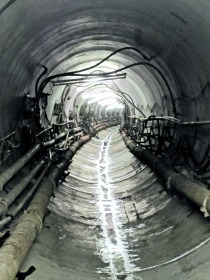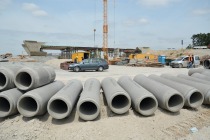Verification of reinforced-concrete drains –
Introduction
This paper sets out to clarify applicable traffic load parameters because the introduction of new standards and guidelines has resulted in repeated changes and the corresponding need for interpretation. In general, those RIL 836 traffic load parameters that were included in the new DWA-A 161 edition apply in accordance with the Railway-Specific List of Technical Building Regulations (ELTB).
Equivalent values exist for open-cut pipeline construction. Other relevant rules and standards include, for example, DIN EN 1992-1, the ELTB (2013) and TM (Technische Mitteilungen; Technical...

